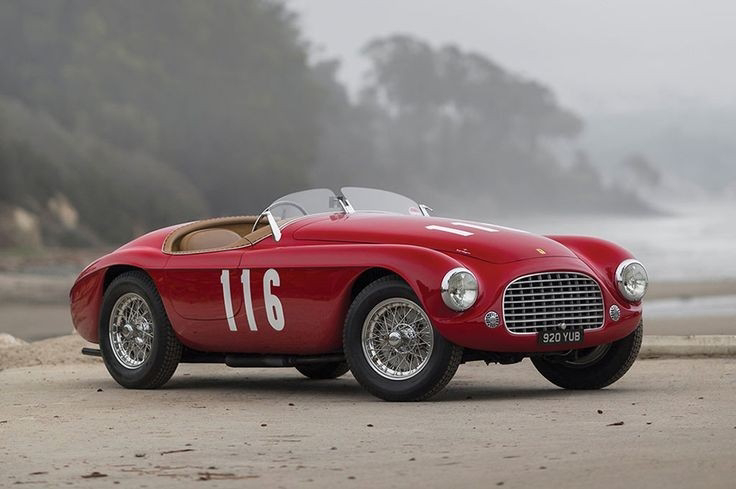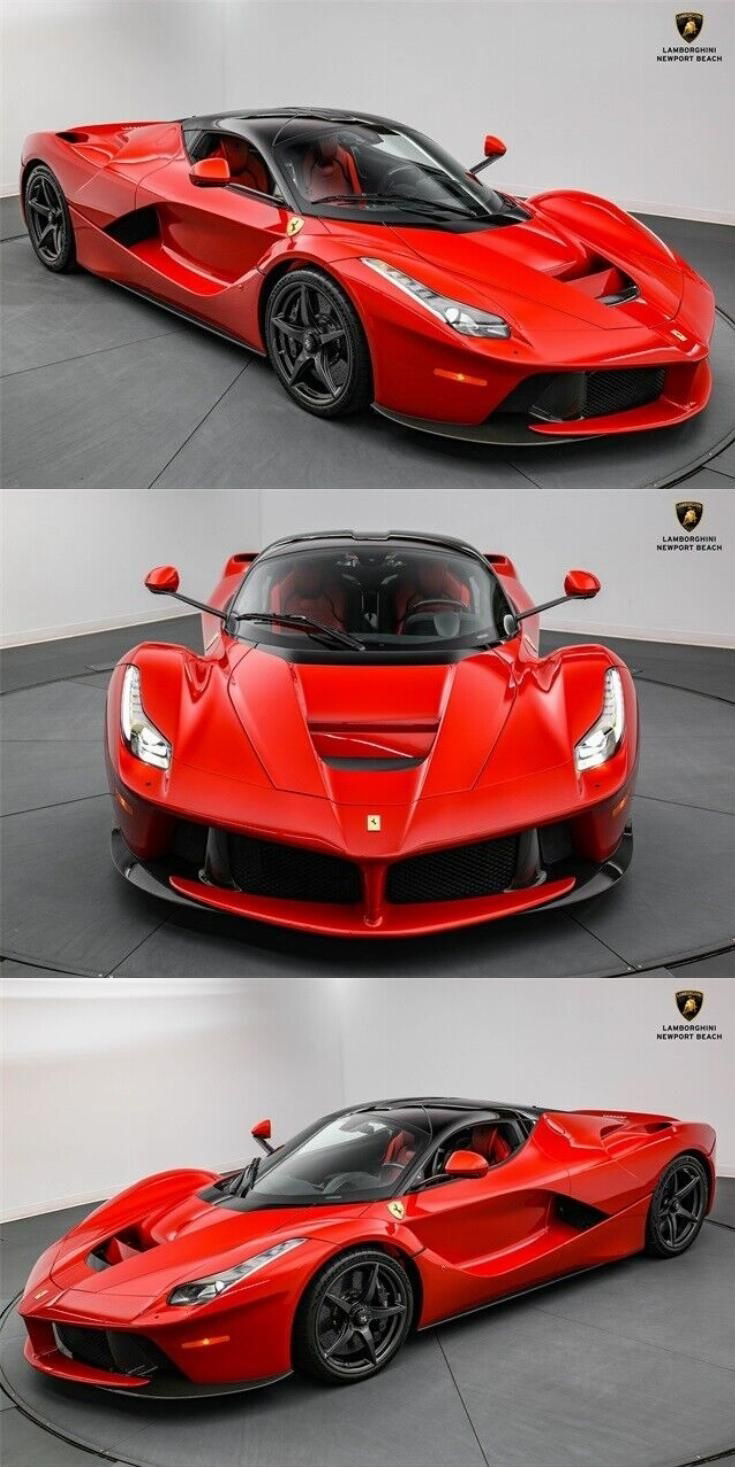The Evolution of Ferrari: A Legacy of Speed and Innovation
For over seven decades, Ferrari has epitomized the pinnacle of automotive excellence, captivating enthusiasts around the world with its iconic designs, powerful engines, and unrivaled performance. The evolution of Ferrari from a small racing team to a global luxury brand is a testament to its commitment to innovation, precision engineering, and a relentless pursuit of perfection. In this article, we trace the remarkable journey of Ferrari, highlighting key milestones and the evolution of its legendary cars.
Ferrari's story begins in 1947 when Enzo Ferrari founded the company in Maranello, Italy. Initially, Ferrari focused on producing race cars, and its early models, such as the 125 S and 166 MM, quickly gained recognition for their exceptional performance on the track. These early successes laid the foundation for Ferrari's reputation as a dominant force in motorsports.
In the 1950s and 1960s, Ferrari continued to assert its dominance in racing, particularly in Formula One. The iconic Ferrari 250 series, including the legendary 250 GTO, became symbols of speed and elegance, showcasing Ferrari's commitment to blending aesthetics with performance. These classic models are now revered as some of the most valuable and sought-after cars in the world.
The 1970s and 1980s marked a period of technological advancements and innovation for Ferrari. The introduction of mid-engine sports cars, such as the Ferrari 308 GTB and the Testarossa, revolutionized the industry with their striking designs and exceptional handling. Ferrari also made significant strides in aerodynamics and engine technology, pushing the boundaries of performance and setting new standards in the automotive world.
In the 1990s, Ferrari continued its pursuit of excellence with models like the F355 and the iconic Ferrari F50, a limited-production hypercar that showcased cutting-edge technology derived from Formula One. The F50, along with its successor, the Enzo Ferrari, represented the epitome of automotive engineering, featuring advanced materials, aerodynamics, and mind-boggling performance figures.
As the new millennium unfolded, Ferrari introduced a wider range of models to cater to different customer preferences and lifestyles. The Ferrari 458 Italia, 488 GTB, and the more recent F8 Tributo exemplify Ferrari's commitment to delivering exhilarating performance while maintaining the brand's distinctive design language.
In recent years, Ferrari has embraced hybrid technology to enhance performance while reducing environmental impact. The LaFerrari, a hybrid hypercar, and the SF90 Stradale, a plug-in hybrid supercar, combine electric power with Ferrari's legendary performance capabilities, pushing the boundaries of what is possible in the realm of sustainable high-performance vehicles.
Beyond its road cars, Ferrari's success in Formula One has been a source of immense pride and accomplishment. With a record number of championships, Ferrari's racing pedigree and technological advancements have not only shaped the company's reputation but have also influenced the wider automotive industry.
Today, Ferrari stands as a global symbol of luxury, performance, and exclusivity. Its cars continue to embody the perfect blend of design, engineering, and passion. Every Ferrari represents a meticulous balance between state-of-the-art technology, precision craftsmanship, and the timeless allure of the prancing horse emblem.
The evolution of Ferrari is a testament to the company's unwavering commitment to pushing the boundaries of automotive excellence. From its humble beginnings as a racing team to its status as a globally recognized luxury brand, Ferrari's legacy of speed, innovation, and unparalleled craftsmanship continues to captivate the hearts of automotive enthusiasts and inspire the dreams of generations to come.














Comments
Post a Comment